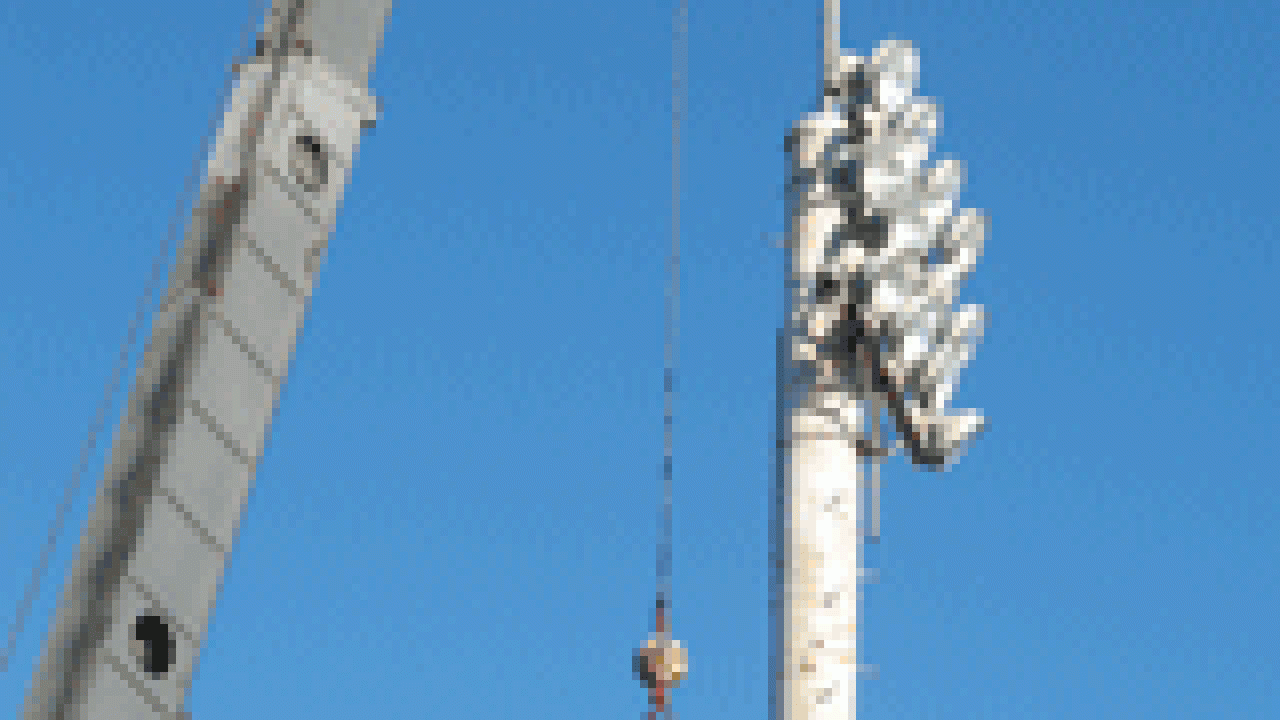The Verizon wireless phone company proudly proclaims: "It's the Network!" As of the first week of January, that network includes a cell tower on UC Davis' main campus.
The cell site, near the north entry garage, is the first allowed on the main campus. And at least two more are coming: a Sprint site on top of the Chemistry Annex Building and an AT&T (formerly Cingular) site on top of Hutchison Hall.
T-Mobile and the university are nearing agreement on a contract for three cell sites: one on top of Kerr Hall, one on top of Kemper Hall, and one on a light pole at Hutchison Field.
Collectively, if all the lease deals go through, they would bring UC Davis more than $1 million over 10 years, with the money going into a central discretionary fund for use by the chancellor and provost.
For the university administration, extra spending money is always a good thing. For the administration and other cell phone users on the main campus, the new facilities are a blessing in a place where cell coverage has been spotty, worse inside buildings than outside.
Heretofore, the university's Davis property included only one cell site, on the west campus, across Highway 113.
Verizon's new site comprises antennae atop an 80-foot, steel tower at Howard Field. The tower replaced a wooden pole that stood near the same spot; the pole held a bank of lights for Howard Field. Those lights are now attached to the steel tower, just below the cell antennae, which are concealed inside the tower structure.
A communications construction company, STC Netcom of Loomis, put up the tower on Dec. 20, and workers spent the next couple of weeks running T-1 cable — high-capacity, highly reliable signal transmission lines — between the antennae and a base station on the lower level of the north entry garage.
Incoming and outgoing cell signals run through the base station, which is the interface between the Verizon cell system and the conventional phone system.
The Howard Field cell antennae and the others that are in the works will bring improved outdoor reception "for a large chunk of campus," according to Zack O'Donnell, client services manager for the university's Communications Resources unit.
Media Resources
Clifton B. Parker, Dateline, (530) 752-1932, cparker@ucdavis.edu
